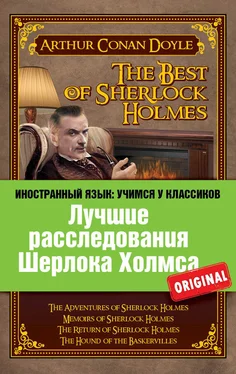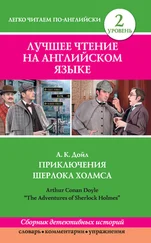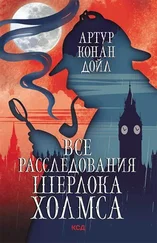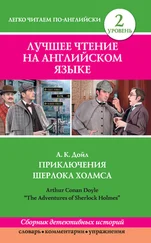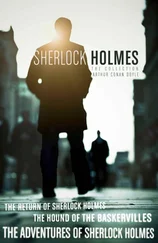56
Cannon Street station(aka London Cannon Street) is now a railway terminus and underground station in the City of London. It was opened in 1866 to serve as a central London terminus for the South Eastern Railway that chained London and Dover. Branch lines connected towns of Surrey and Kent with the main line.
57
10s —“S” stands for “stone”.
58
Vesta (the name taken from the Roman goddess of hearth and home) is the trade name for strike-anywhere wax matches patented by William Newton in 1832. Wax vesta had a cotton wax-covered wick tipped with phosphorus. Users carried special small boxes (vesta cases, match safes) to house vestas as they were prone to auto-ignition.
59
mousseline de soieis a fine lightweight semi-opaque crisp fabric made of silk
60
Gladstone bagwas a suitcase built over a rigid frame which could separate into two equal sections. The manufacturer of the first Gladstone bag was a great admirer of William E. Gladstone, the four-times British Prime Minister who travelled a lot.
61
Bow StreetCovent Garden, Westminster – a place where London Magistrates’ Court and the oldest police station of the Metropolitan Police were located
62
26s 4d. – “S” stands for “shilling” (from the Latin “solidus”), “d” – for pence (from the Latin “dinarius”).
63
disjecta membra– scattered fragments ( Latin )
64
the Museum= the British Museum, one of the most famous and comprehensive museums dedicated to human history and culture. It was established by the Act of British Parliament in 1753 and opened to public in 1759.
65
Pentonville – Her/His Majesty Prison Pentonville is a men’s prison in London. Opened in 1842, it is still in operation today.
66
jail-bird – an old-fashioned informal term for “prisoner”
67
The Regency(1811–1820) is a period when the Prince of Wales ruled the country as Prince Regent because King George III had been deemed incapable to rule due to mental illness. In 1820 King George III died and the Prince of Wales became King George IV.
68
baboons – actually baboons aren’t Indian animals, they are found only in Africa
69
“Jack-in-office” – an annoying self-important minor official
70
Doctors’ Commons – initially it was an association of lawyers who specialized in civil law, similar to the Inns of Court (though the Inn’s members specialized in common law). From 1565 to 1858 Doctors’ Commons resided in Paternoster Row, near St. Paul’s where civil records were stored. In 1858 the society was dissolved.
71
Eleyis a British firm still manufacturing rimfire ammunition. It was started in 1820s by brothers William and Charles Eley. They specialized in patent cartridges, so Eley’s № 2 must refer to a cartridge, probably for Webley revolver.
72
Wilton carpetis a woven wool carpet noted for its original looped or cut-velvet texture and for having up to five colours in a pattern. Wilton carpets were first manufactured in Wilton, Wiltshire, England in 1740s. In Victorian Britain a Wilton carpet was a luxury.
73
William Palmer(1824–1856) aka Rugeley Poisoner was an English doctor convicted of poisoning his friend John Cook and suspected of poisoning his wife, mother-in-law and four infants.
74
Edward William Pritchard(1825–1865) was an English doctor convicted of poisoning his wife and mother-in-law.
75
A swamp adder(Proatheris superciliaris) is really a venomous snake, though it resides in East Africa, not India.
76
Carbolised bandages – that is, bandages with carbolic acid (phenol); in the 19th century it was used as antiseptic.
77
agony columnis a newspaper’s column containing advertisements of missing people. The term can be also used for advice column.
78
The Timesis the most famous British daily newspaper, founded in 1785. By the middle of the 19th century The Times gained reputation of the most influential British newspaper and was extremely popular.
79
Fuller’s earthis a fine-grained substance that consists mainly of hydrated aluminum silicates and absorbs fat, grease and oils. Initially Fuller’s earth was used in textile industry to clean raw wool.
80
Harmonium(aka Reed Organ aka Pipe Organ) is a small organ popular in Britain in the 19th century.
81
monomaniac – a person suffering from monomania. In the 19th century monomania was a diagnostic category in psychiatry. Monomaniacs were supposed to be partially insane, being quite normal people in every respect but for one idée fixe.
82
Jezailwas a type of musket used by Afghan tribes in the Anglo-Afghan Wars.
83
Plantagenet – The House of Plantagenet was a royal dynasty which ruled England from 1154 until 1485.
84
Tudor – The House of Tudor was a royal dynasty that ruled England and its realms from 1485 until 1603.
85
distaff sideis the female branch of a family
86
The Morning Postwas a conservative daily newspaper published from 1772 to 1937.
87
peeressis a title of nobility applied to a woman. The British Peerage is an ancient still-existent legal system of nobility. In the 19th century peerage was inheritable.
88
St. George’s Hanover Squareis a fashionable Anglican church in central London, place of many noble weddings.
89
basket-chairis a twigged curved armchair with back and arms in one. Basket-chairs were very popular in Victorian times.
90
Scandinavia is a historical region in Northern Europe. In the 19th century as well as today it included three Kingdoms: those of Denmark, Norway and Sweden.
91
tomboyis a girl who behaves like a boy
92
fait accompli – accomplished fact ( French ), something that has already happened and can’t be reversed.
93
Thoreau, Henry David(1817–1862) – an American poet and practical philosopher, known as the author of the book “Walden” dedicated to nature-friendly simple lifestyle.
94
Рâté de foie grasis goose liver paste usually made of the liver of a specially fattened bird.
95
Union Jackis an informal name of the UK flag. It derives from a small British union flag flown as the jack of a ship. It symbolizes the union of crowns of England, Scotland and Ireland as it is formed of a combination of the crosses of St. George (England), St. Andrew (Scotland) and St. Patrick (Ireland).
96
Northumberland Avenueis a fashionable street named after the Dukes of Northumberland that stretches from Trafalgar Square to the Thames Embankment. In the 19th century its name was synonymous with luxury hotels: The Metropole Hotel, the Hotel Victoria, the Grand Hotel.
97
Morocco caseis a case covered with morocco leather, which is leather made of goatskin and bearing a bird’s-eye pattern on the grain side.
98
Streathamis a South London district. It was a fashionable “dormitory” suburb of Victorian London.
99
Carriage-sweepis a semicircular drive for carriages in front of the manor entrance.
Читать дальше
Конец ознакомительного отрывка
Купить книгу
